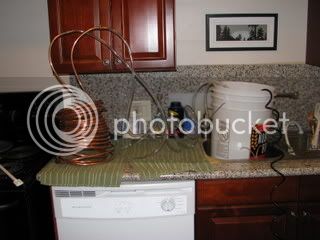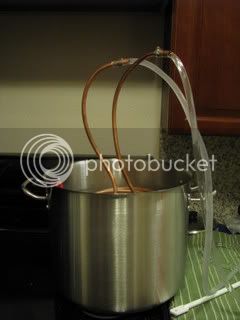blacklab
Well-Known Member
Hey all;
I've just started homebrewing again after about 10 years, so am basically a newbie. Back in the day we didn't have(or was not aware of) the induction coil wort chiller things I've seen people use on this forum. I have been freezing a gallon of water and using that to cool down the wort quicker to upper 70's before pitching the yeast.
The advent of the wort chiller makes me think I should be cooling the wort more before pitching.
So, why the wort chiller? and what is a good temp to pitch at?
thanks!
I've just started homebrewing again after about 10 years, so am basically a newbie. Back in the day we didn't have(or was not aware of) the induction coil wort chiller things I've seen people use on this forum. I have been freezing a gallon of water and using that to cool down the wort quicker to upper 70's before pitching the yeast.
The advent of the wort chiller makes me think I should be cooling the wort more before pitching.
So, why the wort chiller? and what is a good temp to pitch at?
thanks!


 bob
bob

